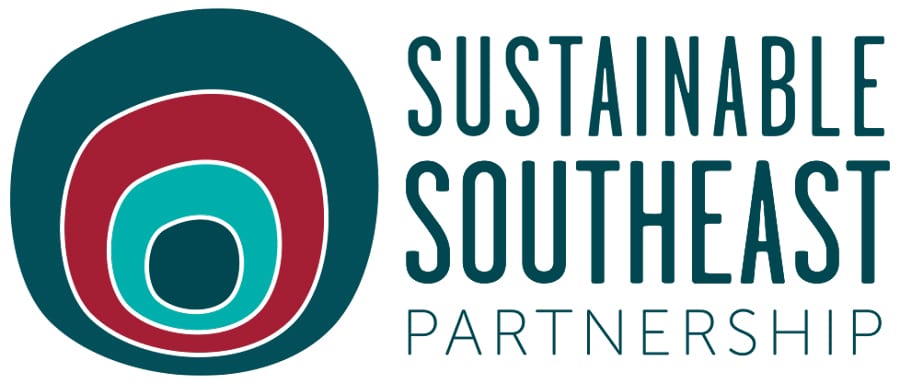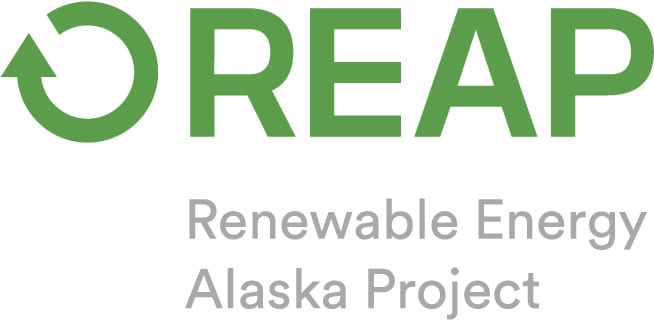Tlingit Aani
Tlingit are called People of the Tides for good reason.
Tlingit Aani (Tlingit Territory) boasts more than 18,000 miles of coastline all connected by ribbons of convoluted waterways woven between islands blanketed by primeval forests.
Tlingit could as well be known as the People of the Trees – their connection to trees is as old as their connection to the tides. Trees for enormous canoes; Trees for art and Kooteeya (Totem Poles); Trees for architecturally elegant long-houses; Trees for heat. And since the 1980’s, trees for economic harvest.

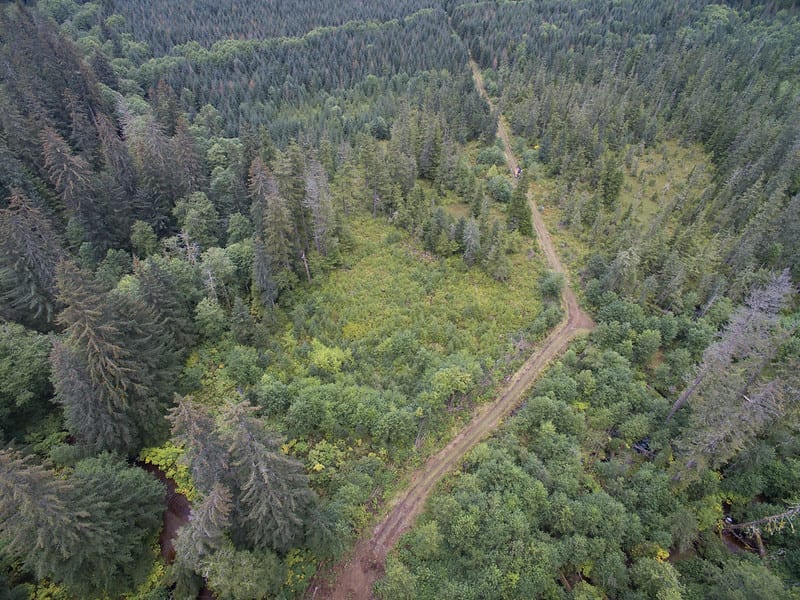
Regenerative Economy & Ecology
Though trees remain central to Tlingit culture, the economic role of trees ebbs and flows like the tide.
Little remains of the moribund industrial logging in Tlingit Aani as markets shift and big Old Growth stands become increasingly scarce, precious and protected.
As a stronghold of Tlingit culture and the timber industry, Hoonah, Alaska, is a prime example of a Southeast community in economic transition. Most of the big easy trees are gone, but what remains are hundreds of miles of logging roads and thousands of acres of clear-cuts in various stages of regrowth – along with a local sawmill operated by folks determined to squeeze every last value-added penny out of each tree they harvest – right down to the sawdust.

This innovative sawmill, Icy Strait Lumber in Hoonah, received a USFS 2020 Community Wood Energy and Wood Innovations grant to support their plan to use sawdust, waste wood and other unmerchantable wood in an advanced boiler system to heat a production work space. The heated work space will allow the mill to expand their forest product offerings and keep their workforce employed through the winter – warmed by local, renewable energy instead of heating oil.
In another Hoonah regenerative biomass project on the horizon, the Hoonah Indian Association secured a 2020 USFS Wood Innovations Grant to pursue their plan to use local waste wood to heat an entire commercial district in their rapidly growing community.
“Local sourcing of biomass will create new opportunities for local businesses and residents to earn an income and have meaningful jobs operating the facility,” said Ian Johnson, Environmental; Coordinator for the HIA.
Regeneration isn’t just about trees growing back or sustainability.
Regenerative practices are also about restoration and amplification – making ecological, economic and cultural systems better, stronger and more resilient.
In Tlingit aani, regenerative practices aren’t a new idea as much as a reflection of their traditional values of respecting resources and planning for future generations by leaving nothing to waste.
“Regenerative design uses whole systems thinking to create resilient and equitable systems that integrate the needs of society with the integrity of nature.”
Regenerative Resilience Experts
Heating schools and public buildings
…with local renewable waste-wood instead of imported non-renewable heating oil already works well in many small communities across Southeast –
– places like Klawock, Hydaburg, Craig, Thorne Bay, Whale Pass, Naukati – isolated small communities with miles of logging roads and access to abundant low-grade waste wood produced by harvest and management activities.

Local Biomass Heat is Renewable and Regenerative
In small communities across Southeast, the heat created by high tech, efficient, clean-burning biomass boilers warms their schools and greenhouses while displacing more than 200,000 gallons of heating oil each year.
The money they don’t spend on imported oil goes a lot further when invested in local forest health, local jobs and other community priorities.
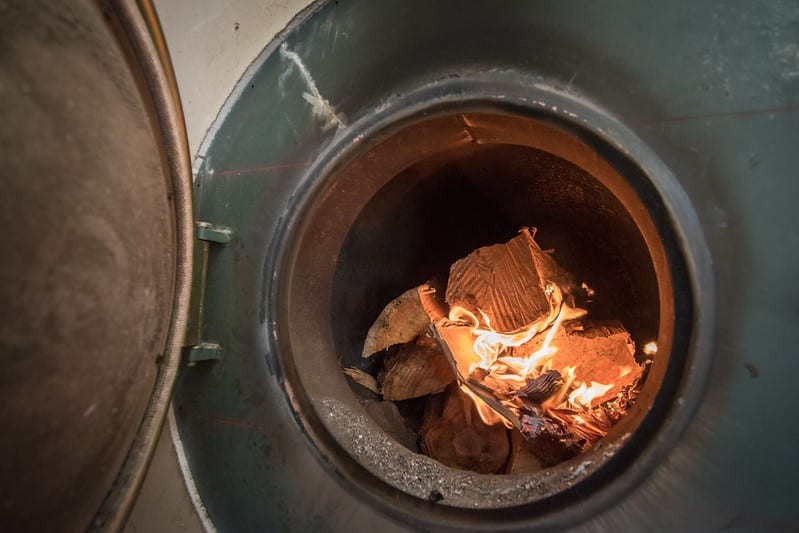

Regenerative Greenhouses
In order to create even greater value
…and help strengthen local food security, each of these communities’ biomass heating systems also includes an on-site greenhouse to take advantage of available heat from the boilers.
Produce grown in these biomass-heated greenhouses supports the local economy while providing valuable experience and curricula for students and helping improve food security for vulnerable communities.
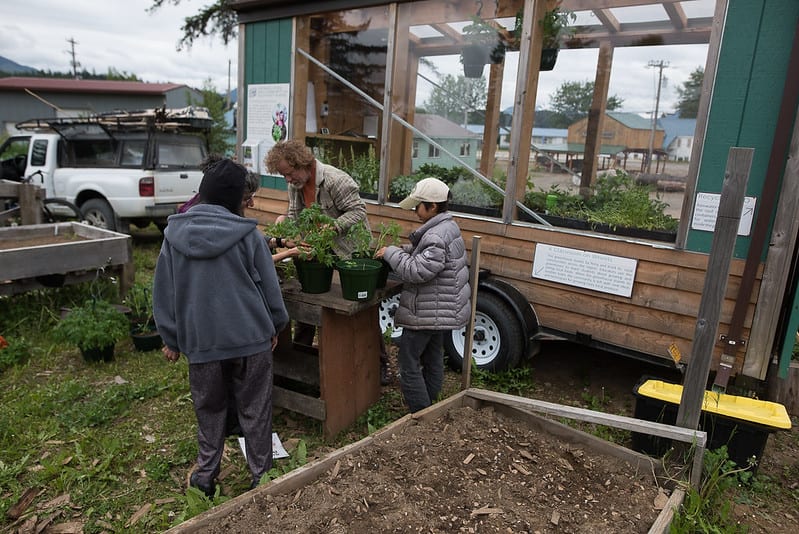
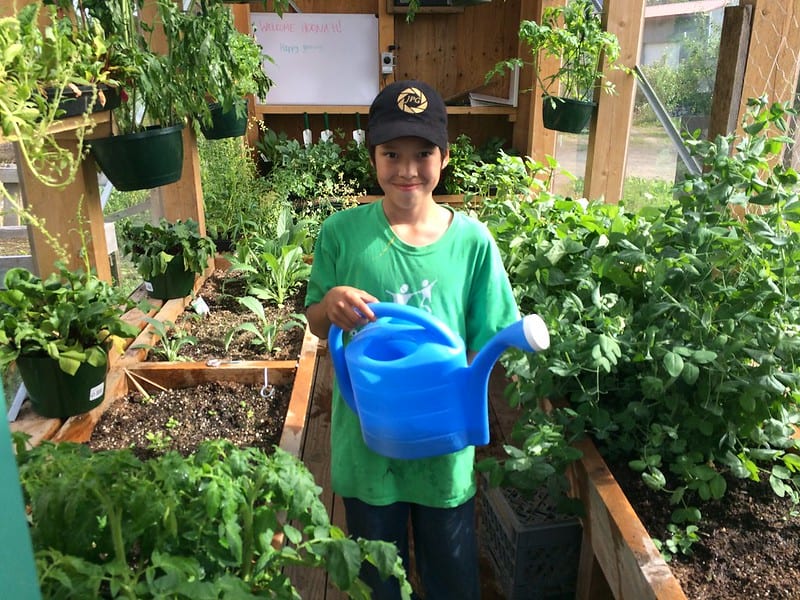
Regenerative Culture
Haa Aani – Our Land. For countless generations, each new generation learns to care for the resources entrusted to it.
In Hoonah, the Training Rural Alaska Youth Leaders & Students TRAYLS program and the Hoonah Native Forest Partnership partner with USFS, City of Hoonah, Huna Heritage Foundation and Hoonah Indian Association to provide natural resource management careers exploration and training using next generation computer and satellite technologies for the next generation of land stewards.
These young scientists and stewards are the boots on the ground, monitoring forest and watershed health, building community gardens and engaging their communities on issues of forest and fisheries health, energy and food security.

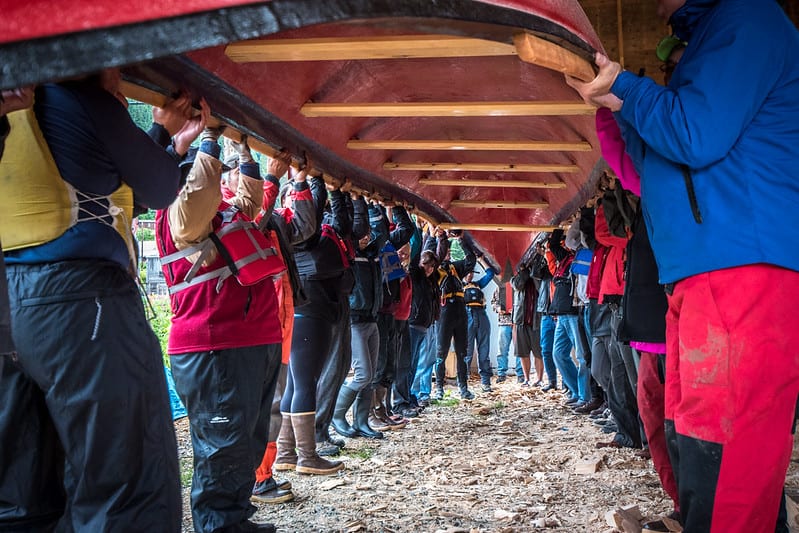
Regenerative Partnerships
This is the work of REAP and the Sustainable Southeast Partnership.
Wooch.een – Working together with Tribal Organizations, Governments and agencies, businesses and individuals to create better, stronger, more resilient communities by displacing imported fossil fuels with sustainable local renewable resources and regenerative processes.
This is what the journey to energy independence looks like.
